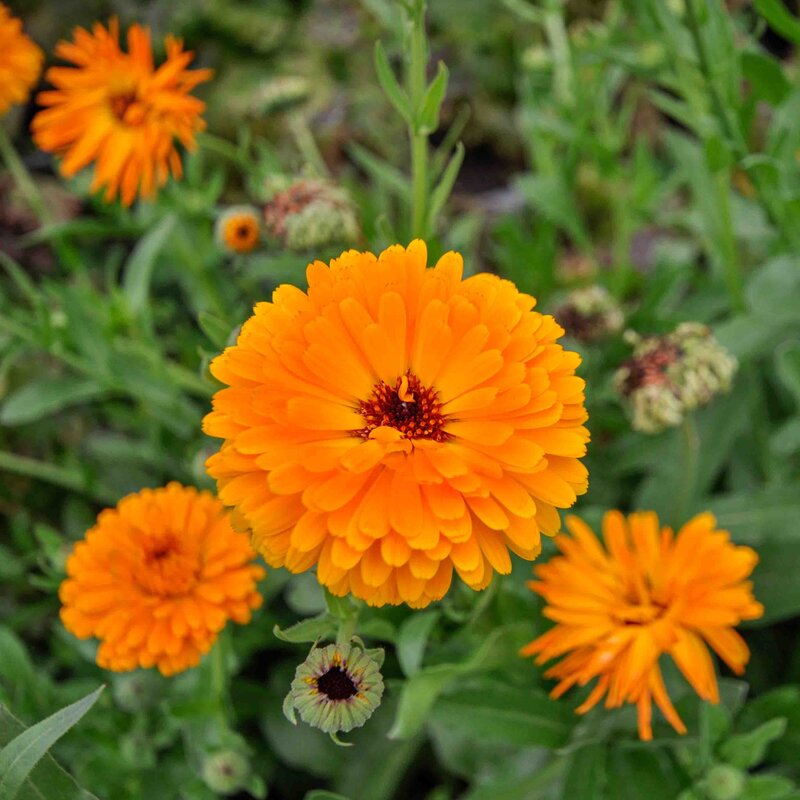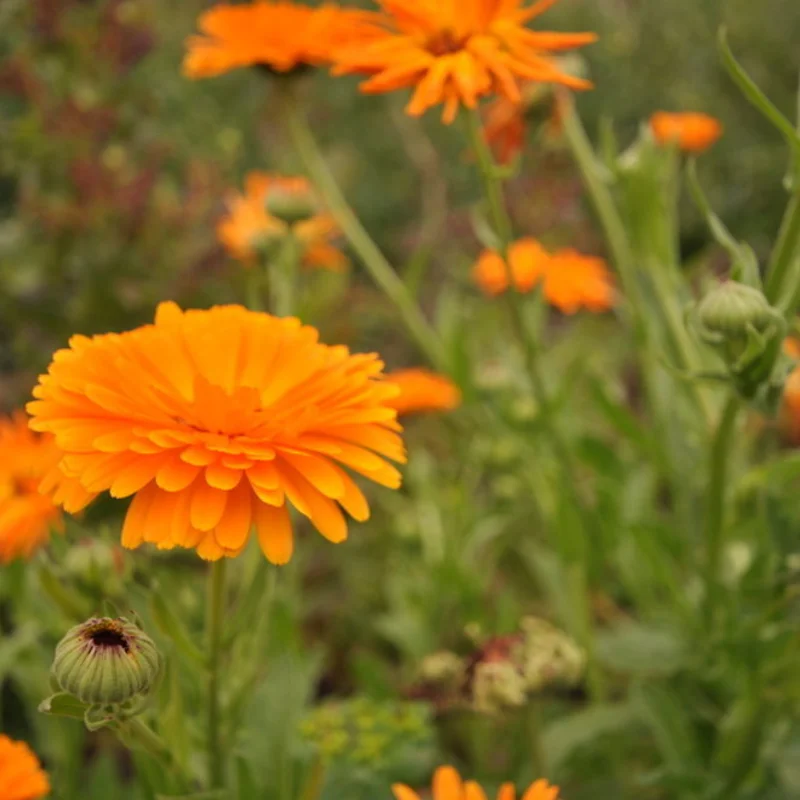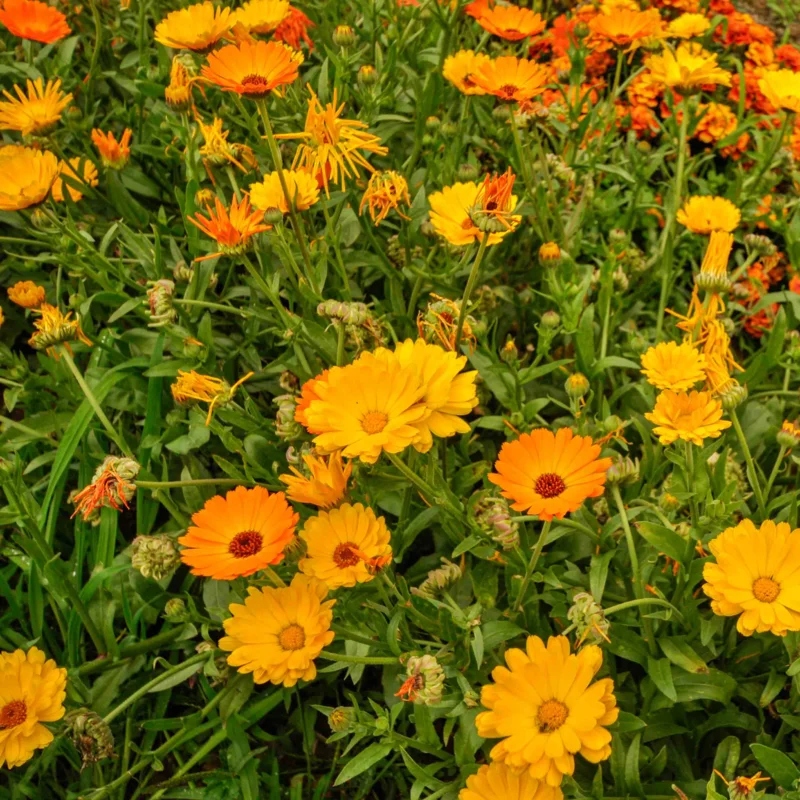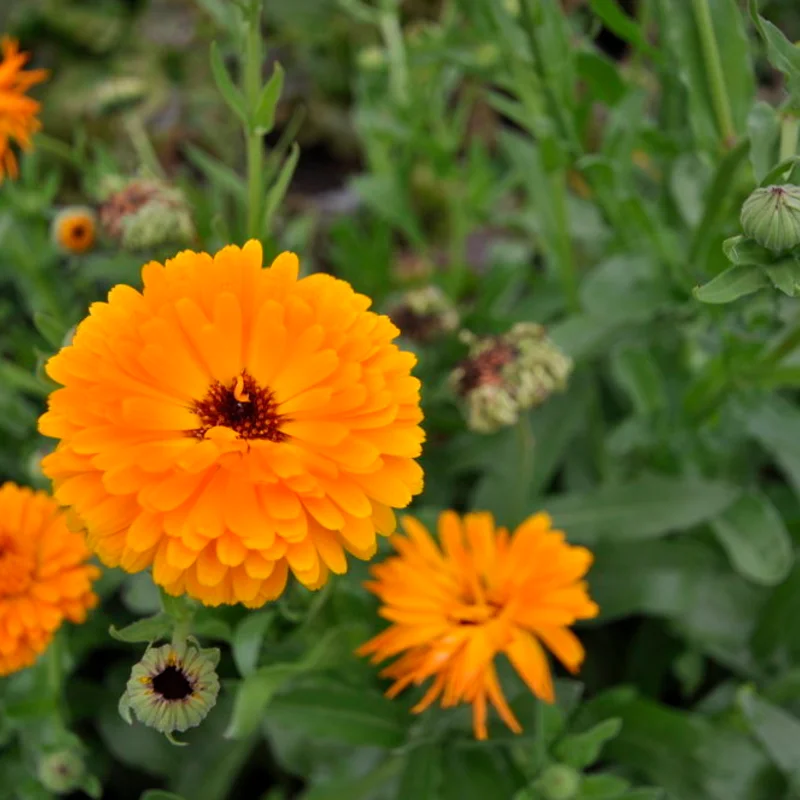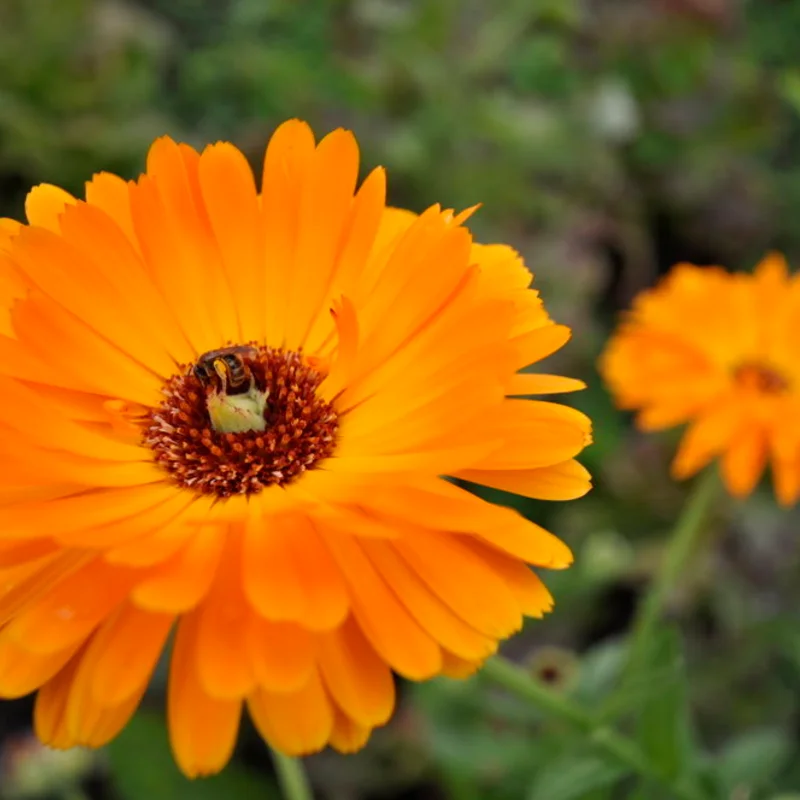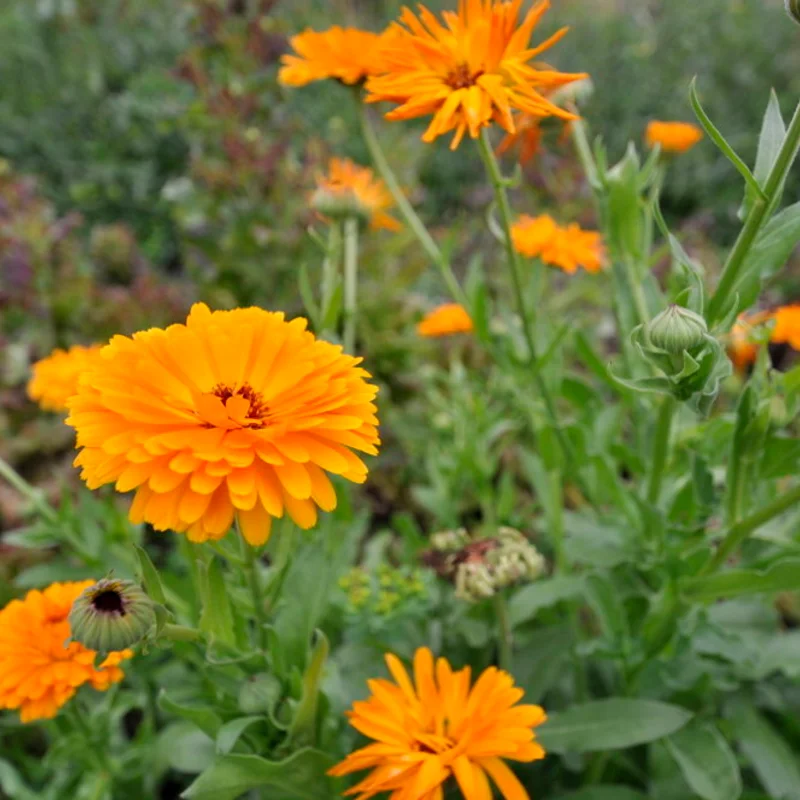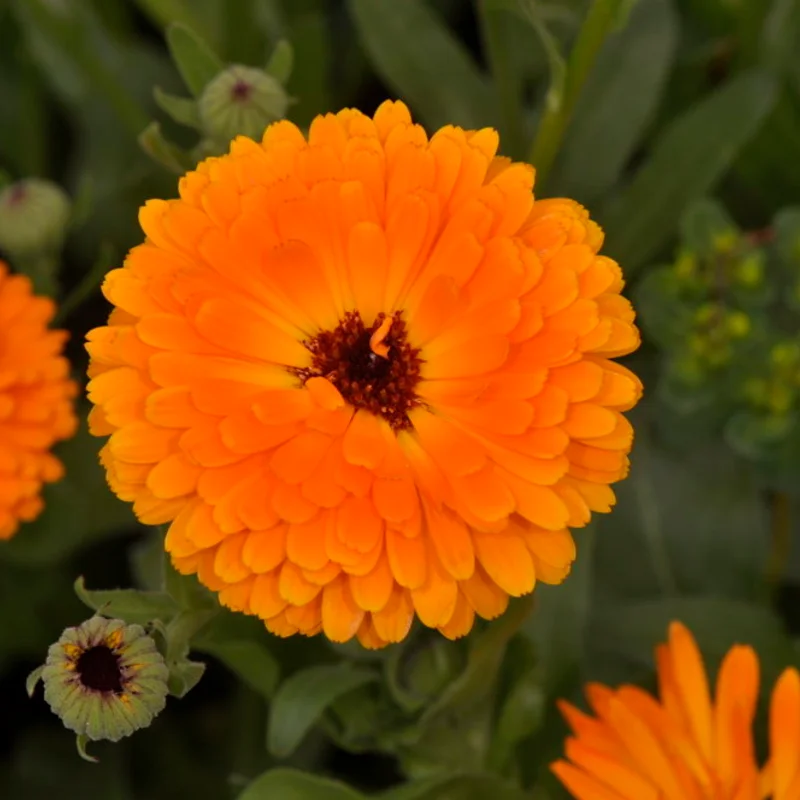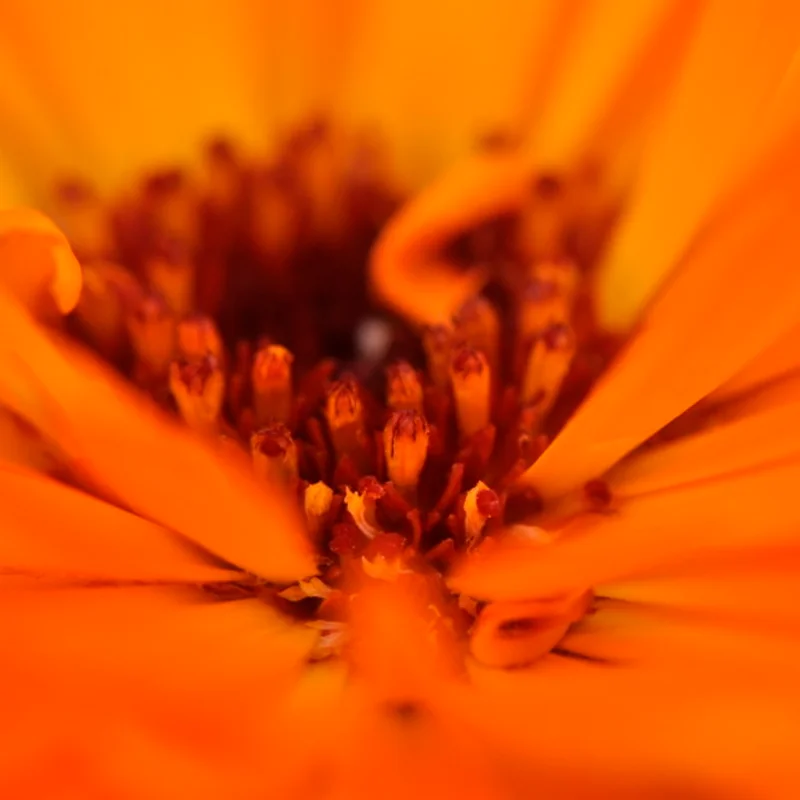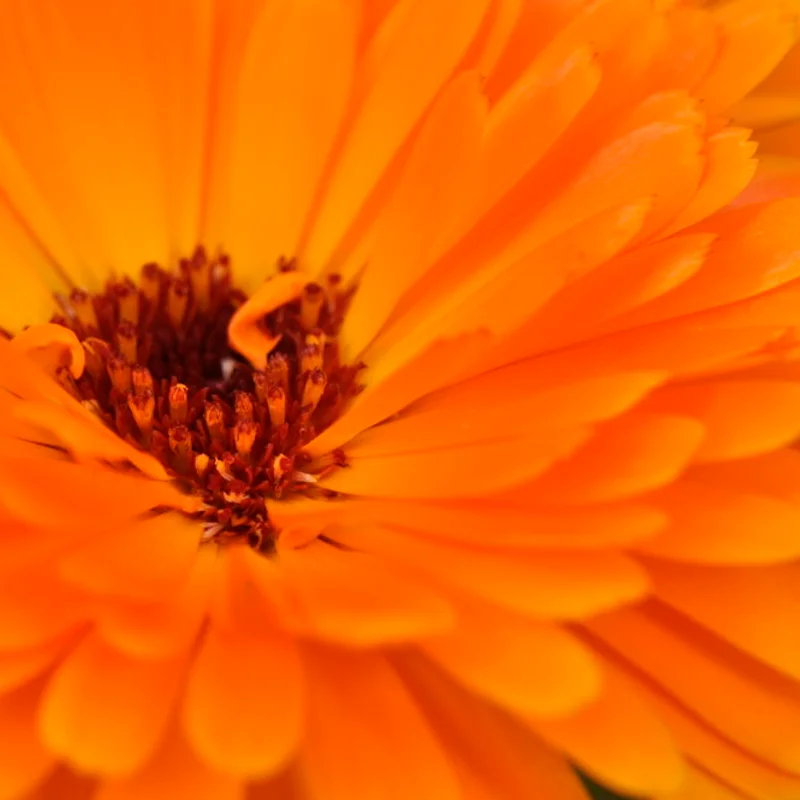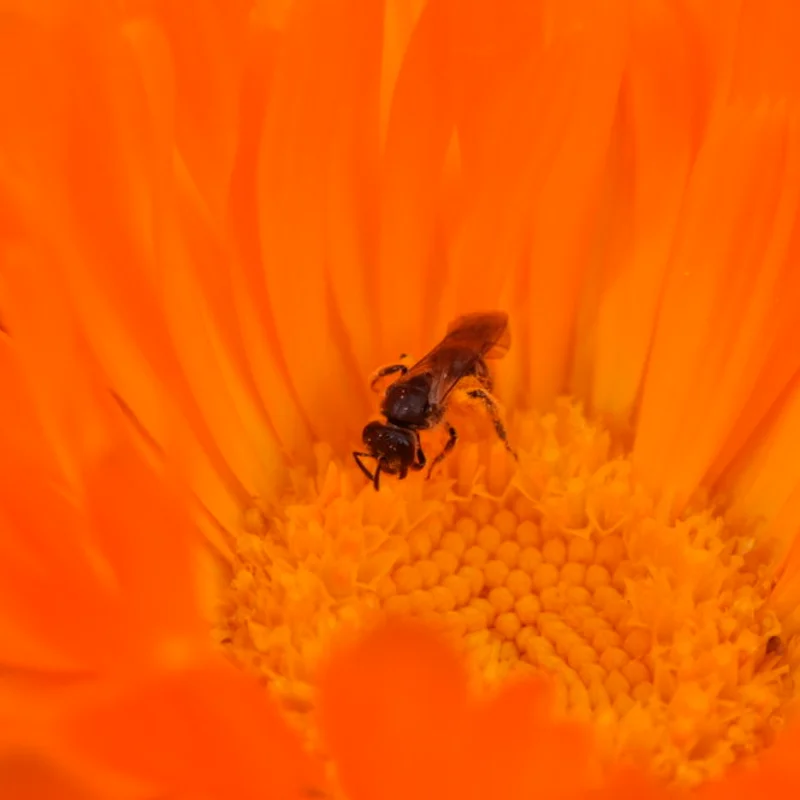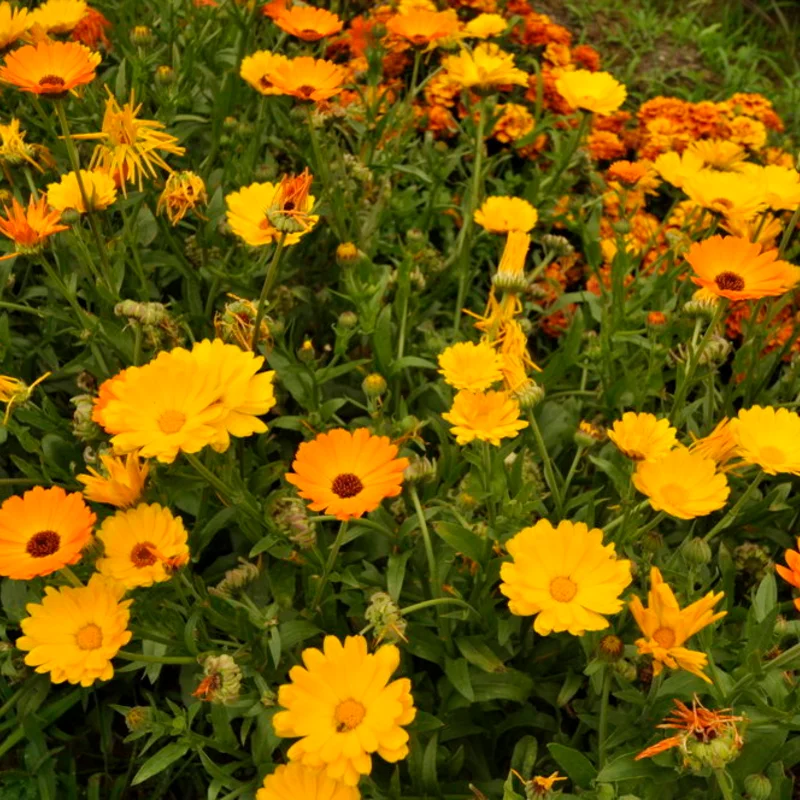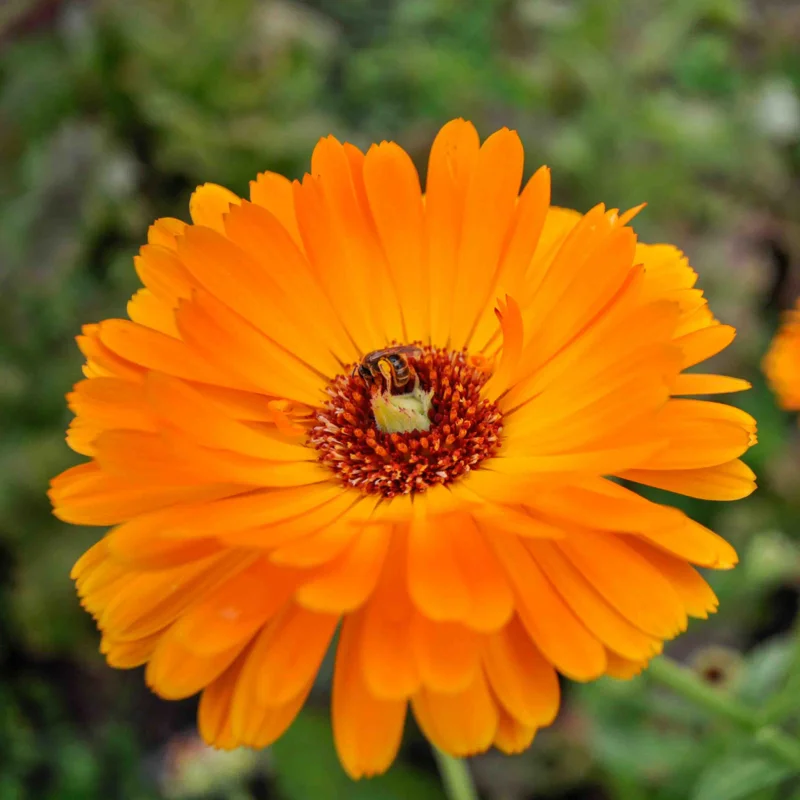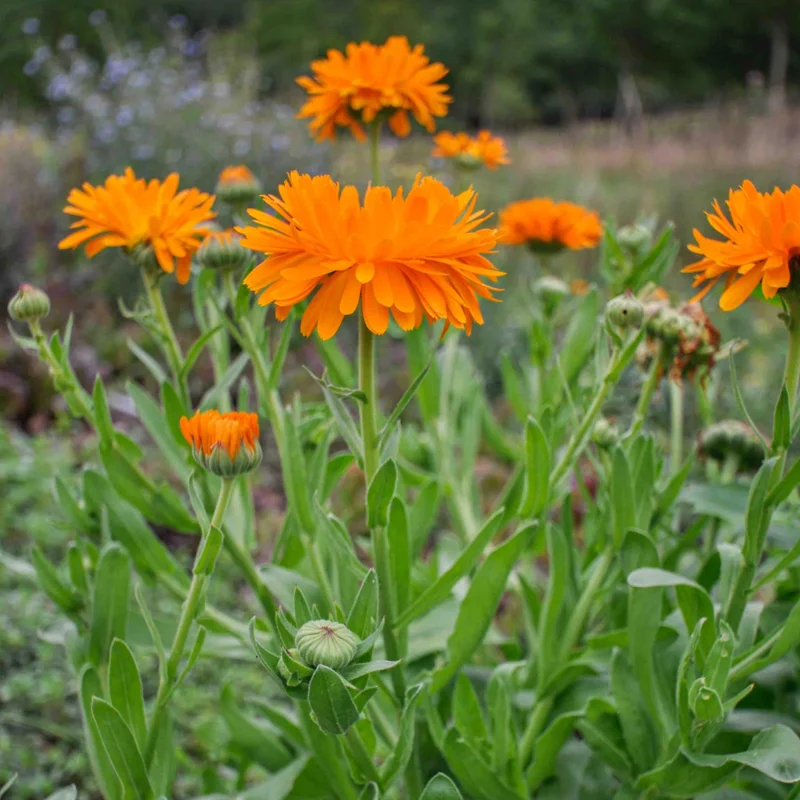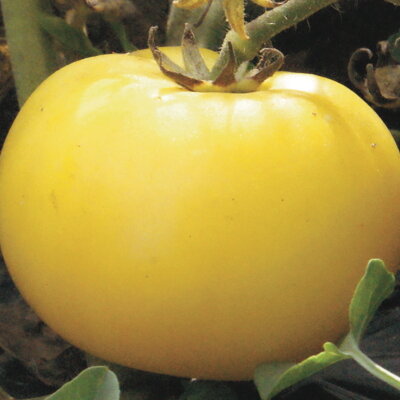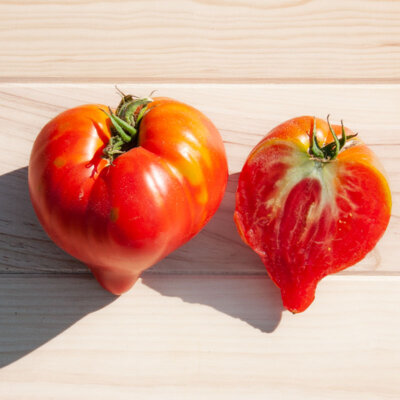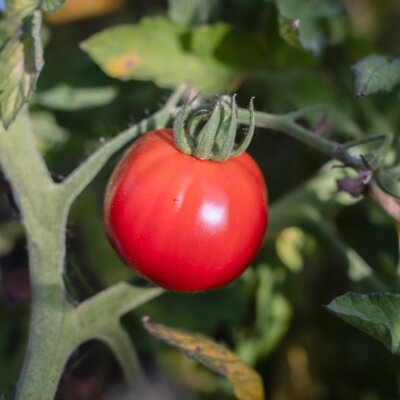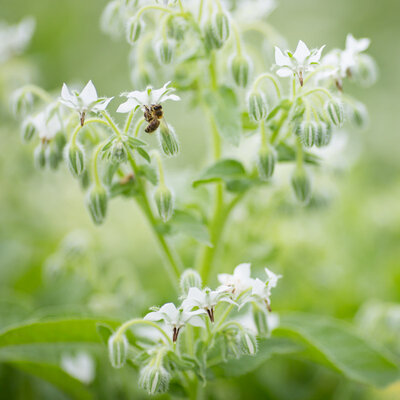Officinalis - Concerns
From spring to autumn, this species, also known as calendula, produces brilliant sunny flowers in shades of orange and yellow, which are melliferous, dye-forming and have numerous medicinal virtues.
The origin of the name "Calendula" comes from the fact that it blooms all year round, during the calendas (1st day of the month in Roman times) of each month.
These products may also be of interest to you
in the ground
Sow in pots or directly in the ground, after the last frosts. Thin out every 10 to 15 cm. Staggered sowing will prolong flowering. September sowings, possible in mild regions, should be protected from frost over winter with a winter veil, for flowering in early spring.
Do not over-wet foliage to avoid powdery mildew. Remove wilted flowers to facilitate re-emergence. Marigolds resow spontaneously.
March, April, May
April, May, June, July
May, June, July, August, September, October, November
in the ground, in pot
sunny
medium
all floor types
drained, light
Calendula officinalis
mid-season
2 grams
Yellow, Orange
edible, tinctorial
From 30 to 70 cm
elongated
Eurasia
Calendula is one of the most famous plants in the pharmacopoeia. It has antiviral, antitumor, anti-inflammatory and antioxidant properties. It is also analgesic and nourishes sensitive skin.



